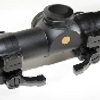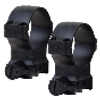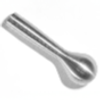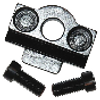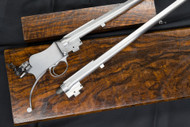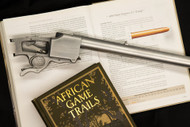This rifle exhibits the culmination of features that were initiated
when I designed and created four barrels for a takedown BSA Model 6
action, for my friend Denny Daigger. This project developed
read more
Miniature BSA Switch Barrel Martini .17 HMR, .22 WRM Barreled Action
Posted by Morris Melani on 1st Jun 2018




